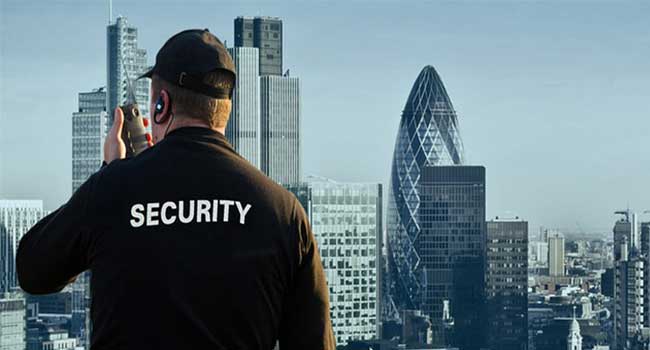
Keeping Your Office Safe and Secure
Office security is always important, but in the summer, it can get more lax.
- By Katie Torrance
- Jul 12, 2018
Office security is always important, but in the summer, it can get more lax. Just think: did you close your window last night before you left…?
Here, First Fence look at five ways in which you can still enjoy that summer breeze, whilst keeping your office safe and secure: for when you’re working in the office, and once you’ve left for the day.
Lock up Your Laptops
It goes without saying that you should remember to shut your windows every night before you leave the office, otherwise you provide a would-be criminal with an easy access point.
Laptops are still popular targets for burglaries, and as a business, it’s highly likely you’ll have lots of them.
You should therefore ensure all of your laptops are locked so they can’t be taken – you may decide to purchase Kensington locks for all of your laptops or alternatively, stow them away in locked drawers overnight (taking the key home with you, of course!).
If you decide to opt for Kensington locks, then remember that they must be looped around an object that can’t be moved – for example, a table that’s been bolted to the floor. The other benefit is that they’re fairly cheap, and can be fitted easily – making them a quick win to upping your office security.
Install a Fence
This may be heading back to basics, but a fence provides an extra level of security for you and your business – especially during summer, if half of your staff will be away. Essentially, it acts as a physical barrier between your office – and employees – and potential criminals, and can be a great deterrent.
Whilst not every business may be able to erect a fence outside their office if they don’t own the land; if you do, then you may want to consider fencing as an option.
It doesn’t even have to be permanent – temporary fencing is still an effective security measure, and can be removed at a later date if you decide you don’t want it anymore.
Set Up CCTV and an Alarm
Having an alarm will set off a warning should someone sneak into your office when no one else is around. You can even install alarm systems that directly alert the police – it’s just that the last person that leaves the building needs to remember to set it!
For an extra layer of security, why not install CCTV too? Should a trespasser sneak into your office, you’ll have a better chance of catching them. Plus, with the shocking statistic that over 50% of UK employees have admitted to stealing from their employer (and 1/20 taking valuable items such as computer hardware and phones), you’ll be able to deter – and catch – any criminal activity taking place.
Train Your Staff
Implementing all of these safety techniques is only one part of the process: if staff don’t actually make use of them, then you’re not making your office a safer, more secure space.
Set up a training session with all colleagues, and run through the basics: shutting their windows in the evenings, locking the door if they’re the last to leave, setting the alarm… If one person were to forget to shut their window, and the last person in the office didn’t set the alarm, then that provides a thief with the opportunity to get into your office undetected, and steal from you.
Whilst the statistics regarding employee theft may not make for great reading, it highlights the importance of keeping a record of staff who have a key to your office, to ensure optimum security.
Secure Your Wi-Fi
Whilst it should be a priority to keep your office physically safe, you also need to consider the other ways in which your office may not be so secure.
Leaving your Wi-Fi open for anyone to use will not only slow your internet down, but it can enable hackers to steal sensitive information, which could be very detrimental to your business. Make sure you password protect it.
Other security aspects to consider include setting hard-to-remember passwords (and not writing them down!), locking your computer when leaving your desk, and shredding confidential information.
Ultimately, ensuring your office is a safe and secure place to work should always be at the front of your – and your fellow employees’ – mind; to stop potential criminals from entering your workplace. By implementing these five tips above, you’re taking great steps to helping protect your office.